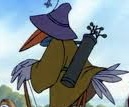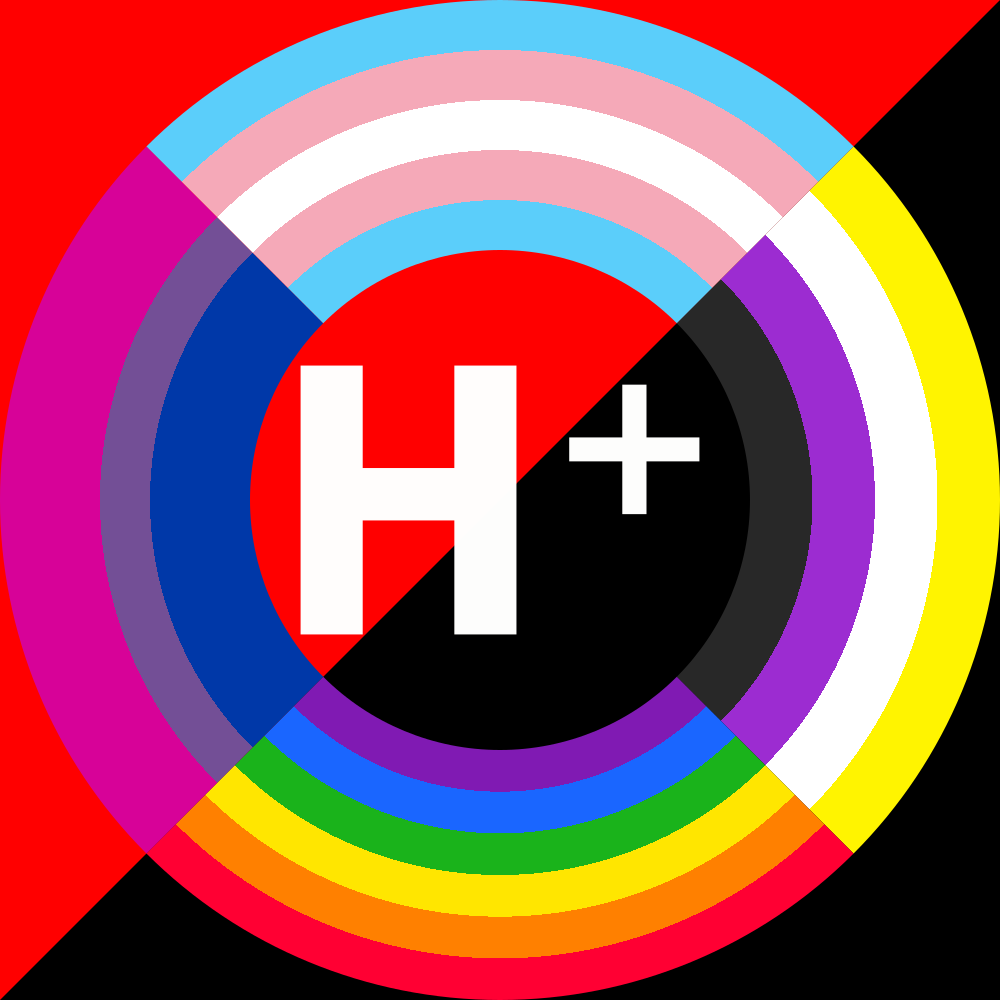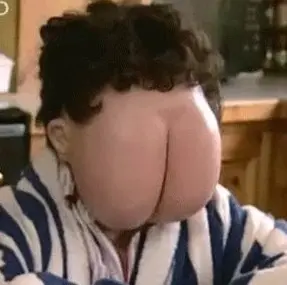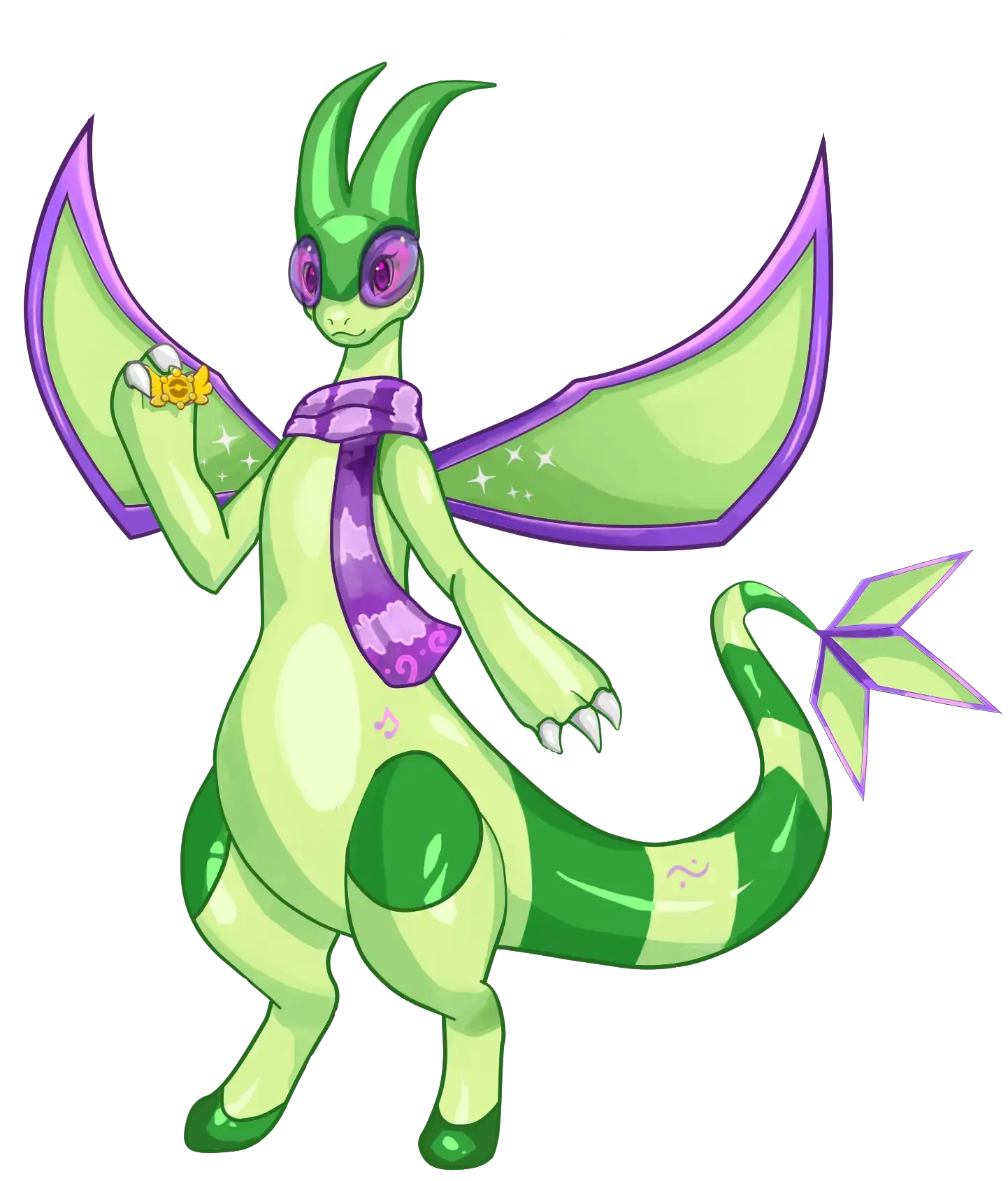Greg Rutkowski, a digital artist known for his surreal style, opposes AI art but his name and style have been frequently used by AI art generators without his consent. In response, Stable Diffusion removed his work from their dataset in version 2.0. However, the community has now created a tool to emulate Rutkowski’s style against his wishes using a LoRA model. While some argue this is unethical, others justify it since Rutkowski’s art has already been widely used in Stable Diffusion 1.5. The debate highlights the blurry line between innovation and infringement in the emerging field of AI art.
While some argue this is unethical, others justify it since Rutkowski’s art has already been widely used in Stable Diffusion 1.5.
What kind of argument is that supposed to be? We’ve stolen his art before so it’s fine? Dickheads. This whole AI thing is already sketchy enough, at least respect the artists that explicitly want their art to be excluded.
His art was not “stolen.” That’s not an accurate word to describe this process with.
It’s not so much that “it was done before so it’s fine now” as “it’s a well-understood part of many peoples’ workflows” that can be used to justify it. As well as the view that there was nothing wrong with doing it the first time, so what’s wrong with doing it a second time?
pirating photoshop is a well-understood part of many peoples’ workflows. that doesn’t make it legal or condoned by adobe
I don’t know what this has to do with anything. Nothing was “pirated”, either.
i’m not making a moral comment on anything, including piracy. i’m saying “but it’s part of my established workflow” is not an excuse for something morally wrong.
only click here if you understand analogy and hyperbole
if i say “i can’t write without kicking a few babies first”, it’s not an excuse to keep kicking babies. i just have to stop writing, or maybe find another workflow
The difference is that kicking babies is illegal whereas training and running an AI is not. Kind of a big difference.
did you click the thing saying that you understand analogies?
You’re using an analogy as the basis for an argument. That’s not what analogies are for. Analogies are useful explanatory tools, but only within a limited domain. Kicking a baby is not the same as creating an artwork, so there are areas in which they don’t map to each other.
You can’t dodge flaws in your argument by adding a “don’t respond unless you agree with me” clause on your comment.
Yes, it was.
One human artist can, over a life time, learn from a few artists to inform their style.
These AI setups are telling ALL the art from ALL the artists and using them as part of a for profit business.
There is no ethical stance for letting billion dollar tech firms hoover up all the art ever created to the try and remix it for profit.
No, it wasn’t. Theft is a well-defined word. When you steal something you take it away from them so that they don’t have it any more.
It wasn’t even a case of copyright violation, because no copies of any of Rutkowski’s art were made. The model does not contain a copy of any of the training data (with an asterisk for the case of overfitting, which is very rare and which trainers do their best to avoid). The art it produces in Rutkowski’s style is also not a copyright violation because you can’t copyright a style.
There is no ethical stance for letting billion dollar tech firms hoover up all the art ever created to the try and remix it for profit.
So how about the open-source models? Or in this specific instance, the guy who made a LoRA for mimicking Rutkowski’s style, since he did it free of charge and released it for anyone to use?
Yes copies were made. The files were downloaded, one way or another (even as a hash, or whatever digital asset they claim to translate them into) then fed to their machines.
If I go into a Ford plant, take pictures of their equipment, then use those to make my own machines, it’s still IP theft, even if I didn’t walk out with the machine.
Make all the excuses you want, you’re supporting the theft of other people’s life’s work then trying to claim it’s ethical.
Yes copies were made. The files were downloaded, one way or another (even as a hash, or whatever digital asset they claim to translate them into) then fed to their machines.
They were put on the Internet for that very purpose. When you visit a website and view an image there a copy of it is made in your computer’s memory. If that’s a copyright violation then everyone’s equally boned. When you click this link you’re doing exactly the same thing.
By that logic I can sell anything I download from the web while also claiming credit for it, right?
Downloading to view != downloading to fuel my business.
No, and that’s such a ridiculous leap of logic that I can’t come up with anything else to say except no. Just no. What gave you that idea?
There’s a lot of disagreement here on what is theft, what is art, what is copyright… etc
The main issue people have with AI is fundamentally how is it going to be used? I know there isnt much we can do about it now, and its a shame because there it has so much potential good. Everyone defending AI is making a lot of valid points.
But at the end of the day it is a tool that is going to be misused by the rich and powerful to eliminate hundreds of millions of well paying careers, permanently. MOST well paying jobs in fact, not just artists. What the hell are people supposed to do? How is any of this a good thing?
What the hell are people supposed to do?
Eat the rich :)
More concretely, there are a number of smaller and larger sociopolitical changes that can be fought for. On the smaller side, there’s rethinking the way our society values people and pushing for some kind of UBI, on the larger side there’s shifting to postcapitalist economics and organisation to various degrees .)
But the rich are the ones buying a lot of the art! Who will pay the artists if you eat the people with the money?
deleted by creator
Just as quickly as people disregard the human art enjoyer, who now has access to a powerful tool to create art undreamed of a year ago.
I have found over the years that forums that claim to be about various forms of art are almost always really about the artists that make that art, and have little to no regard for the people who are there just for the art itself. The AI art thing is just the latest and most prominent way of revealing this.
Here’s my argument: tough titties. Everything Greg Rutkowski has ever drawn or made has been inspired by other things he has seen and the experiences of his life, and this applies to all of us. Indeed, one cannot usually have experiences without the participation of others. Everyone wants to think they are special, and of course we are to someone, but to everyone no one is special. Since all of our work is based upon the work of everyone who came before us, then all of our work belongs to everyone. So tough fucking titties, welcome to the world of computer science, control c and control v is heavily encouraged.
In that Beatles documentary, Paul McCartney said he thought that once you uttered the words into the microphone, it belonged to everyone. Little did he know how right he actually was.
You think there is a line between innovation and infringement? Wrong, They are the same thing.
And for the record, I’m fine with anyone stealing my art. They can even sell it as their own. Attribution is for the vain.
AI art is factually not art theft. It is creation of art in the same rough and inexact way that we humans do it; except computers and AIs do not run on meat-based hardware that has an extraordinary number of features and demands that are hardwired to ensure survival of the meat-based hardware. It doesn’t have our limitations; so it can create similar works in various styles very quickly.
Copyright on the other hand is, an entirely different and, a very sticky subject. By default, “All Rights Are Reserved” is something that usually is protected by these laws. These laws however, are not grounded in modern times. They are grounded in the past; before the information age truly began it’s upswing.
Fair use generally encompasses all usage of information that is one or more of the following:
- Educational; so long as it is taught as a part of a recognized class and within curriculum.
- Informational; so long as it is being distributed to inform the public about valid, reasonable public interests. This is far broader than some would like; but it is legal.
- Transformative; so long as the content is being modified in a substantial enough manner that it is an entirely new work that is not easily confused for the original. This too, is far broader than some would like; but it still is legal.
- Narrative or Commentary purposes; so long as you’re not copying a significant amount of the whole content and passing it off as your own. Short clips with narration and lots of commentary interwoven between them is typically protected. Copyright is not intended to be used to silence free speech. This also tends to include satire; as long as it doesn’t tread into defamation territory.
- Reasonable, ‘Non-Profit Seeking or Motivated’ Personal Use; People are generally allowed to share things amongst themselves and their friends and other acquaintances. Reasonable backup copies, loaning of copies, and even reproduction and presentation of things are generally considered fair use.
In most cases AI art is at least somewhat Transformative. It may be too complex for us to explain it simply; but the AI is basically a virtual brain that can, without error or certain human faults, ingest image information and make decisions based on input given to it in order to give a desired output.
Arguably; if I have license or right to view artwork; or this right is no longer reserved, but is granted to the public through the use of the World Wide Web…then the AI also has those rights. Yes. The AI has license to view, and learn from your artwork. It just so happens to be a little more efficient at learning and remembering than humans can be at times.
This does not stop you from banning AIs from viewing all of your future works. Communicating that fact with all who interact with your works is probably going to make you a pretty unpopular person. However; rightsholders do not hold or reserve the right to revoke rights that they have previously given. Once that genie is out of the bottle; it’s out…unless you’ve got firm enough contract proof to show that someone agreed to otherwise handle the management of rights.
In some cases; that proof exists. Good luck in court. In most cases however; that proof does not exist in a manner that is solid enough to please the court. A lot of the time; we tend to exchange, transfer and reserve rights ephemerally…that is in a manner that is not strictly always 100% recognized by the law.
Gee; Perhaps we should change that; and encourage the reasonable adaptation and growth of Copyright to fairly address the challenges of the information age.
deleted by creator
Rutowski, Monet, and Rockwell could also not create without human art.
All creativity is a combination of past creativity.
Even Monet.
Even Shakespeare.
Even Beethoven.
deleted by creator
Actually. It is necessary. The process of creativity is much much more a synergy of past consumption than we think.
It took 100,000 years to get from cave drawings to Leonard Da Vinci.
Yes we always find ways to draw, but the pinnacle of art comes from a shared culture of centuries.
It doesn’t change anything you said about copyright law, but current-gen AI is absolutely not “a virtual brain” that creates “art in the same rough and inexact way that we humans do it.” What you are describing is called Artificial General Intelligence, and it simply does not exist yet.
Today’s large language models (like ChatGPT) and diffusion models (like Stable Diffusion) are statistics machines. They copy down a huge amount of example material, process it, and use it to calculate the most statistically probable next word (or pixel), with a little noise thrown in so they don’t make the same thing twice. This is why ChatGPT is so bad at math and Stable Diffusion is so bad at counting fingers – they are not making any rational decisions about what they spit out. They’re not striving to make the correct answer. They’re just producing the most statistically average output given the input.
Current-gen AI isn’t just viewing art, it’s storing a digital copy of it on a hard drive. It doesn’t create, it interpolates. In order to imitate a person’t style, it must make a copy of that person’s work; describing the style in words is insufficient. If human artists (and by extension, art teachers) lose their jobs, AI training sets stagnate, and everything they produce becomes repetitive and derivative.
None of this matters to copyright law, but it matters to how we as a society respond. We do not want art itself to become a lost art.
Current-gen AI isn’t just viewing art, it’s storing a digital copy of it on a hard drive.
This is factually untrue. For example, Stable Diffusion models are in the range of 2GB to 8GB, trained on a set of 5.85 billion images. If it was storing the images, that would allow approximately 1 byte for each image, and there are only 256 possibilities for a single byte. Images are downloaded as part of training the model, but they’re eventually “destroyed”; the model doesn’t contain them at all, and it doesn’t need to refer back to them to generate new images.
It’s absolutely true that the training process requires downloading and storing images, but the product of training is a model that doesn’t contain any of the original images.
None of that is to say that there is absolutely no valid copyright claim, but it seems like either option is pretty bad, long term. AI generated content is going to put a lot of people out of work and result in a lot of money for a few rich people, based off of the work of others who aren’t getting a cut. That’s bad.
But the converse, where we say that copyright is maintained even if a work is only stored as weights in a neural network is also pretty bad; you’re going to have a very hard time defining that in such a way that it doesn’t cover the way humans store information and integrate it to create new art. That’s also bad. I’m pretty sure that nobody who creates art wants to have to pay Disney a cut because one time you looked at some images they own.
The best you’re likely to do in that situation is say it’s ok if a human does it, but not a computer. But that still hits a lot of stumbling blocks around definitions, especially where computers are used to create art constantly. And if we ever hit the point where digital consciousness is possible, that adds a whole host of civil rights issues.











